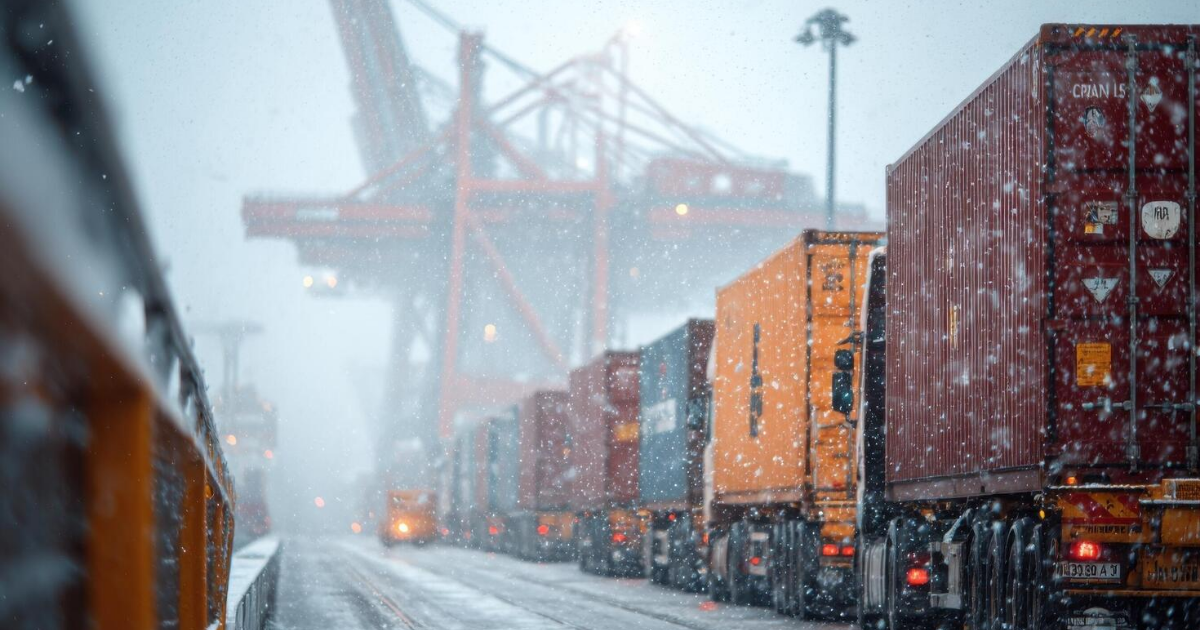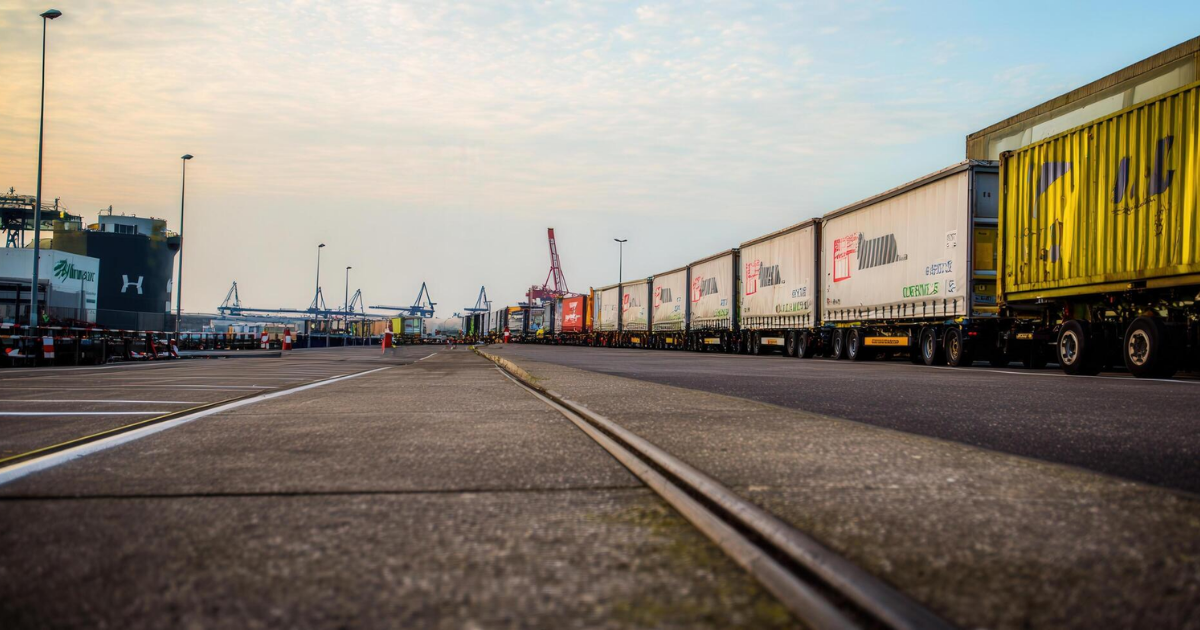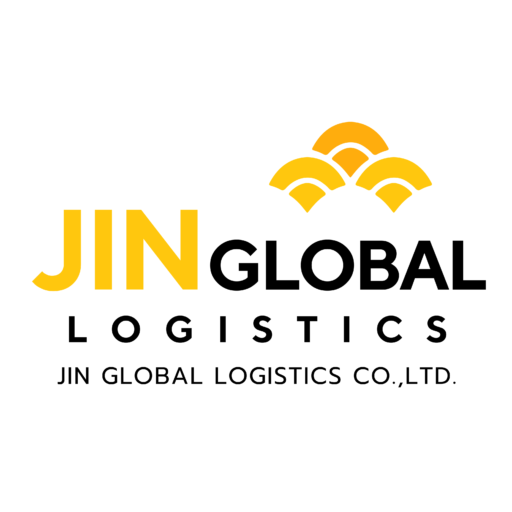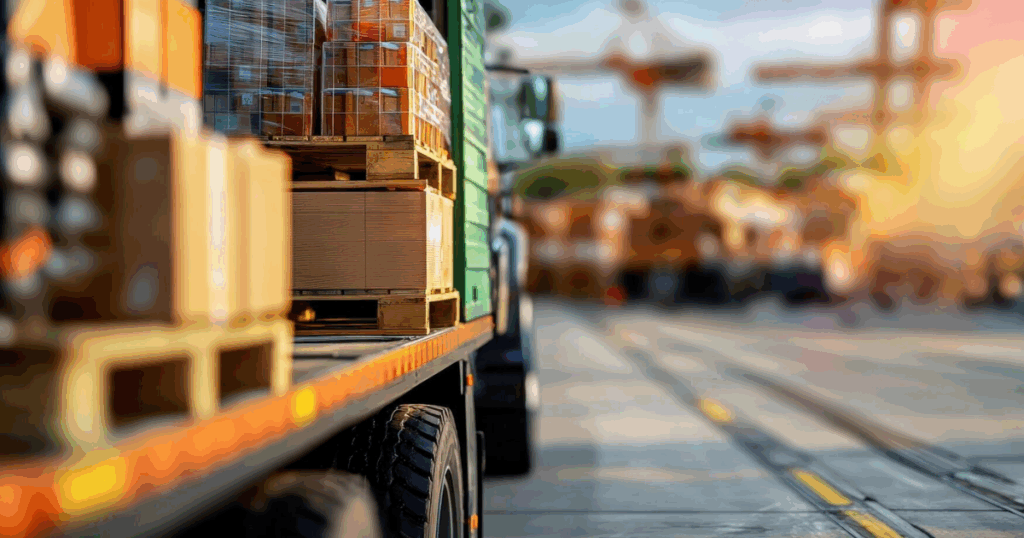Definition of Cross-Border Logistics
In today’s era of global trade, the movement of goods no longer stops at national borders. Businesses across the world are now connected through systems that make shipping faster, simpler, and more efficient. This is the foundation of Cross-Border Logistics, the process that enables goods to move smoothly between countries through coordinated customs procedures and transportation routes.
From e-commerce parcels traveling between China and Thailand to manufacturing components shipped across Europe, Cross-Border Logistics has become a vital part of modern supply chains. It allows businesses to expand internationally while reducing time, cost, and operational complexity.
Table of Contents
The Origin and Meaning of Cross-Border
The Importance and benefits of Cross-border
How to Prepare for Cross-border shipments
Common Challenges in Cross-border
Top 5 Countries that Most on Cross-border
Conclusion

The Origin and Meaning of Cross-Border Logistics
Cross-Border Logistics refers to the organized management of goods moving between countries through customs-approved routes. Unlike domestic logistics, it involves multiple national regulations, documentation, and partnerships that ensure goods cross borders legally and efficiently.
The concept started gaining attention in the early 2000s as international trade and regional cooperation expanded. Businesses began to recognize the need for faster alternatives to traditional shipping methods such as sea freight. With advances in road and rail networks, cross-border transport became a cost-effective option, especially within connected regions like ASEAN and the European Union.
The rise of global e-commerce further accelerated this shift. Chinese platforms like Alibaba and JD.com pioneered land-based delivery routes into Southeast Asia, reducing shipping time from weeks to just a few days. Manufacturers also started relying on cross-border systems to move components quickly between factories in different countries.
Today, cross-border logistics is not just a transport model but a strategic trade framework that connects neighboring economies. It strengthens supply chain resilience, promotes regional development, and creates easier access to global markets for businesses of all sizes.

The Importance and Benefits of Cross-Border Logistics
Cross-Border Logistics plays a critical role in shaping the way modern businesses operate. It bridges gaps between countries and supports international trade by allowing goods to move more efficiently through multiple regions. For companies expanding into global markets, it offers both economic and strategic advantages that go beyond transportation alone.
The first and most obvious benefit is cost efficiency. Compared with air freight, cross-border shipping—especially by road or rail—offers a lower cost per unit while maintaining reliable delivery times. This makes it ideal for medium-volume shipments that need to move quickly but don’t require urgent air transport.
Another major advantage is speed and flexibility. For example, land routes between China and Southeast Asia can deliver goods in just a few days, faster than ocean freight and more predictable than air routes affected by limited cargo space.
Cross-Border Logistics also strengthens regional economies by improving access to nearby markets. It enables small and medium enterprises to export products more easily and import materials at lower costs.
From a supply chain perspective, this system increases trade stability. By connecting road, rail, and customs processes, it reduces the dependency on single transport modes and minimizes risk from disruptions like port congestion or flight delays.
FCL/LCL Import-Export from China
How to Prepare for Cross-Border Shipments
Below are the key steps to prepare effectively for Cross-Border Logistics:
-
1. Verify Required Import and Export Documents
Ensure all customs paperwork is complete, including invoices, packing lists, purchase order and certificates of origin. Missing or incorrect documents are the most common causes of border delays. -
2. Understand Customs Regulations of Both Countries
Each destination may have different import restrictions, product classifications, and tax rates. Researching these in advance prevents unnecessary rejections or fines. -
3. Select the Right Transport Route and Mode
Evaluate land, sea, and rail options based on cost, delivery time, and cargo type. For short-distance trade, land routes often provide the best balance of speed and price. -
4. Prepare Packaging for Multi-Stage Handling
Cross-border goods may pass through several checkpoints. Durable packaging with clear labeling helps protect products and ensures they comply with inspection standards. -
5. Consider Logistics Insurance Coverage
Accidents or damages can happen during transit. Having proper insurance protects your cargo’s value and reduces financial risk. -
6. Partner with an Experienced Freight Forwarder
A reliable logistics provider manages documentation, customs clearance, and shipment tracking on your behalf—saving time and avoiding costly mistakes.

Common Challenges in Cross-Border Logistics
Even with careful planning, cross-border transportation can face unpredictable obstacles. Below are some of the most common questions businesses often ask.
Q1: Why do shipments often get delayed at customs?
Delays usually occur because of incomplete or incorrect paperwork. Customs officers require detailed invoices, HS codes, and certificates of origin. A single mismatch in documentation can hold your cargo for days. Always double-check documents before departure and work with a freight forwarder familiar with customs procedures.
Q2: What happens if my goods are damaged or lost in transit?
Cargo damage can occur during multiple transfers or rough handling. Without logistics insurance, the loss must be absorbed by the shipper. To protect your business, always include insurance coverage that matches the value of your shipment.
Q3: How do differences in regulations affect shipments?
Each country has its own standards for safety, labeling, and product classification. A product that’s acceptable in one country may require extra certification in another. Understanding destination rules in advance helps avoid confiscation or penalties.
Q4: Is cross-border transport reliable during political or economic disruptions?
Instability such as strikes, trade policy changes, or temporary border closures can disrupt schedules. Partnering with logistics companies that provide real-time tracking and multi-route options ensures flexibility during unpredictable situations.
Any Shipments Struck in Thailand? solve now
Top 5 Countries That Rely Most on Cross-Border Logistics
Cross-Border Logistics has become the backbone of international trade for many nations. Below are five countries where this system plays a central role in supporting economic growth, trade efficiency, and regional connectivity.
1. China
China is the world’s largest hub for cross-border trade. With advanced road and rail infrastructure, including the Belt and Road Initiative, the country connects Asia, Europe, and Africa. Its e-commerce giants like Alibaba and Aliexpress rely heavily on cross-border systems to export goods efficiently.
2. Thailand
As the logistics gateway of Southeast Asia, Thailand serves as a key connector between China, Laos, Cambodia, and Malaysia. Its government’s investment in border checkpoints and special economic zones has made land-based cross-border transport faster and more accessible.
3. Vietnam
Vietnam’s rapid industrial growth and manufacturing exports depend on seamless cross-border routes with China and neighboring ASEAN countries. Efficient logistics corridors have turned Vietnam into one of the region’s top re-export and supply chain hubs.
4. Germany
Located at the heart of Europe, Germany links several EU economies through its dense rail and highway networks. Its logistics sector relies on cross-border systems to move raw materials and finished goods across the continent without customs barriers.
5. United States
The U.S. depends on cross-border trade with Canada and Mexico under the USMCA agreement. High volumes of automotive and agricultural products move daily through land routes, supported by advanced customs and freight systems.

Recommended POST
Conclusion
Cross-Border Logistics has transformed how the world trades. It connects countries, shortens delivery times, and reduces costs for businesses of every size. By integrating customs procedures, transportation networks, and digital tracking, this system allows goods to flow efficiently between regions supporting growth in global e-commerce, manufacturing, and supply chain management. Companies that understand these elements gain faster delivery, smoother customs clearance, and greater customer trust.
At JIN GLOBAL LOGISTICS, we specialize in complete Cross-Border Logistics Solutions for importers and exporters across Asia. From customs clearance and insurance to real-time tracking and container management, our team ensures every shipment moves safely, efficiently, and on schedule. Because every journey is more than a shipment to us.




